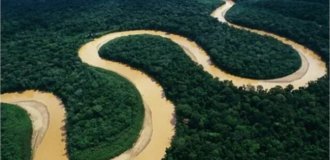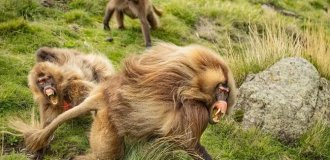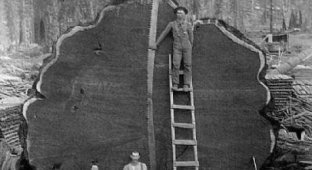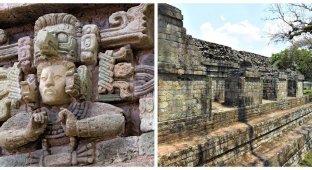Kokkoloba – to describe it we had to wait until trees grew from the seeds (5 photos)
Because it turned out to be impossible to bring parts of this plant from the Brazilian Amazon closer to civilization for detailed study. Because the giant-leaved coccoloba (Coccoloba gigantifolia) turned out to be a tough nut to crack for researchers due to its size. 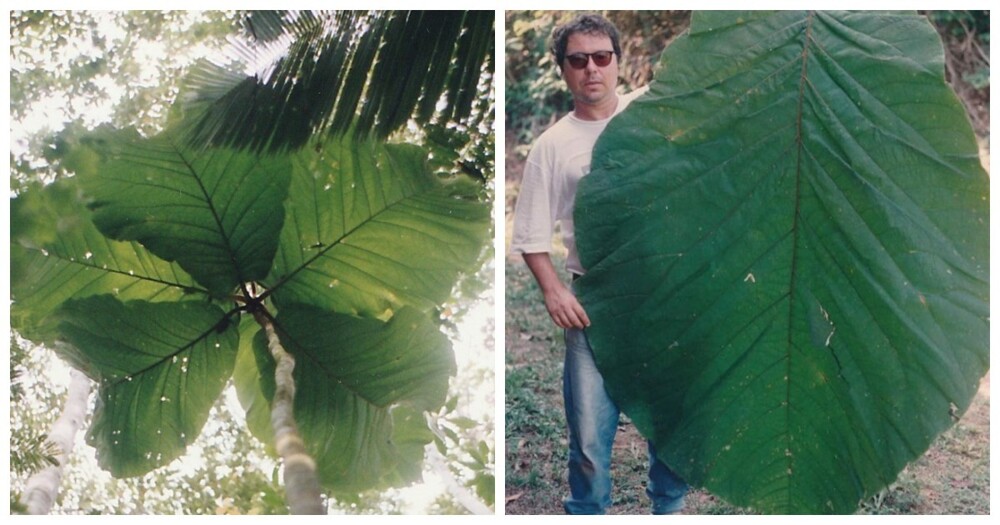
More precisely, a buckwheat grain, since common buckwheat and giant-leaved coccoloba are representatives of the same Sporyshev family. Researchers first encountered an endemic of the Madeira River basin in the states of Amazonas and Rondônia in 1982. During subsequent expeditions, they again came across scattered populations. But it was not possible to take the material with us for detailed study and description - there were no flowering or fruit-bearing trees. 
And the species definitely deserved full consideration, since scientists had simply never seen such impressive leaves among dicotyledons before. The coccoloba leaf reached two meters in length and one and a half meters in width. Other indicators were also impressive: the length of the average specimen reached 15 meters. 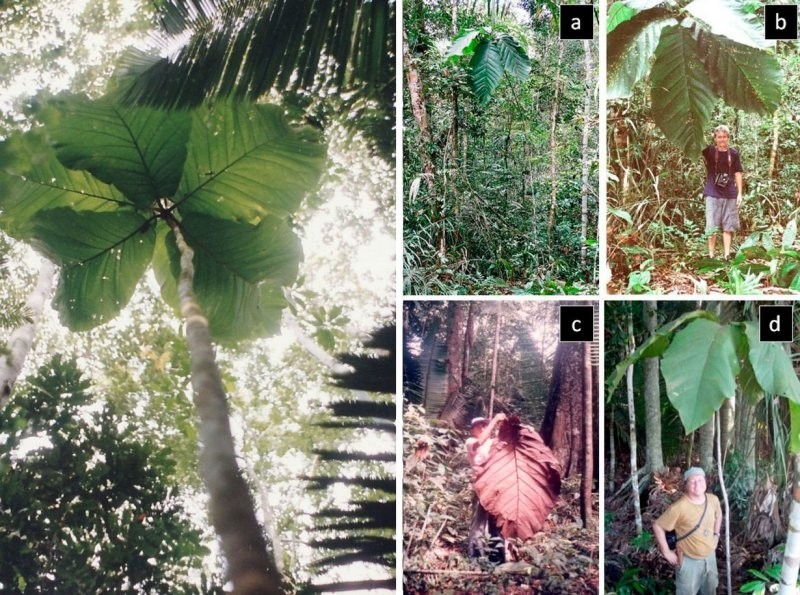
Sketches, photos and superficial descriptions of a tree with leaves the size of a decent blanket were not enough. But drying a two-meter sample in the field for subsequent transportation turned out to be unrealistic. 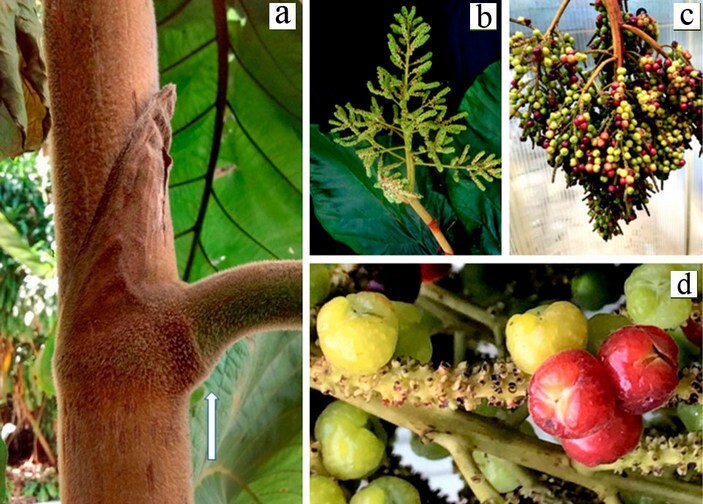
The dried leaf first arrived at the National Institute of Amazonian Research in Manaus in 1993 and immediately became a local landmark. Meanwhile, the seeds planted in 2005 by botanists Rogerio Griebel and Carlos Alberto Cid Ferreira slowly grew. By that time, scientists had already identified the mysterious inhabitant of the rain forests and found out that the tree belonged to the genus Coccoloba. 
Only in 2018 did one of the trees bloom and bear fruit. They turned out to be unsightly and simple in appearance, looking like frozen grapes. Some birds liked the berries. And the botanists, pleased with themselves, were able to give a full description of the tree and publish the story of a possible record holder (with leaves more than 2 meters long, the tree can lay claim to a record size among dioecious plants) in a specialized journal. Together with the recommendation to include Coccoloba gigantolia in the list of endangered species of the Red Book due to the rarity and significant fragmentation of populations.


